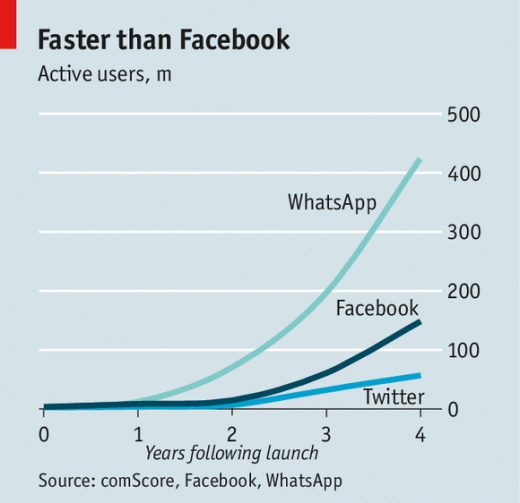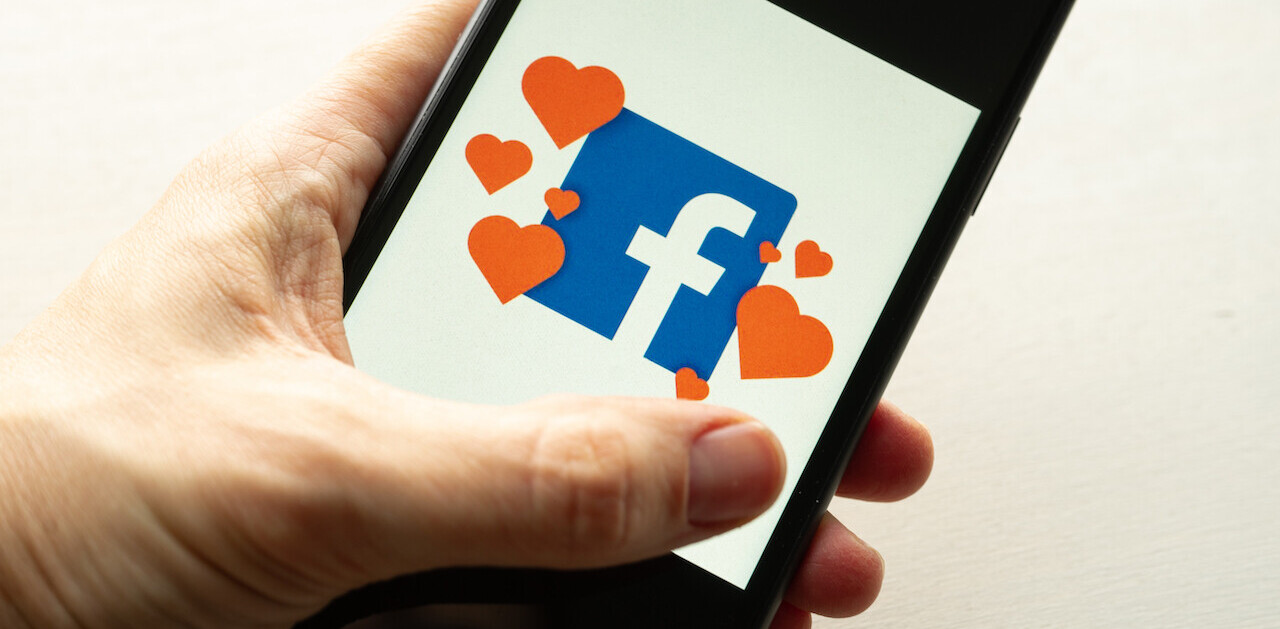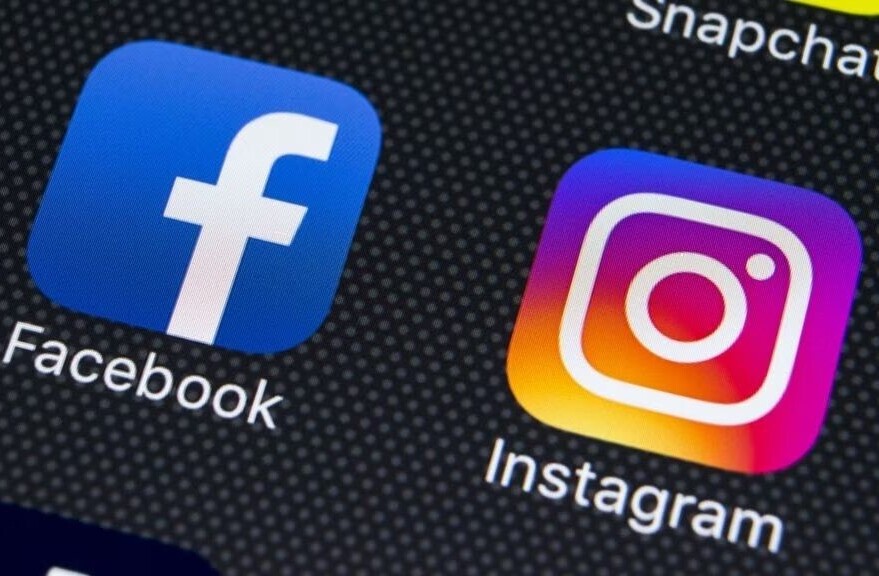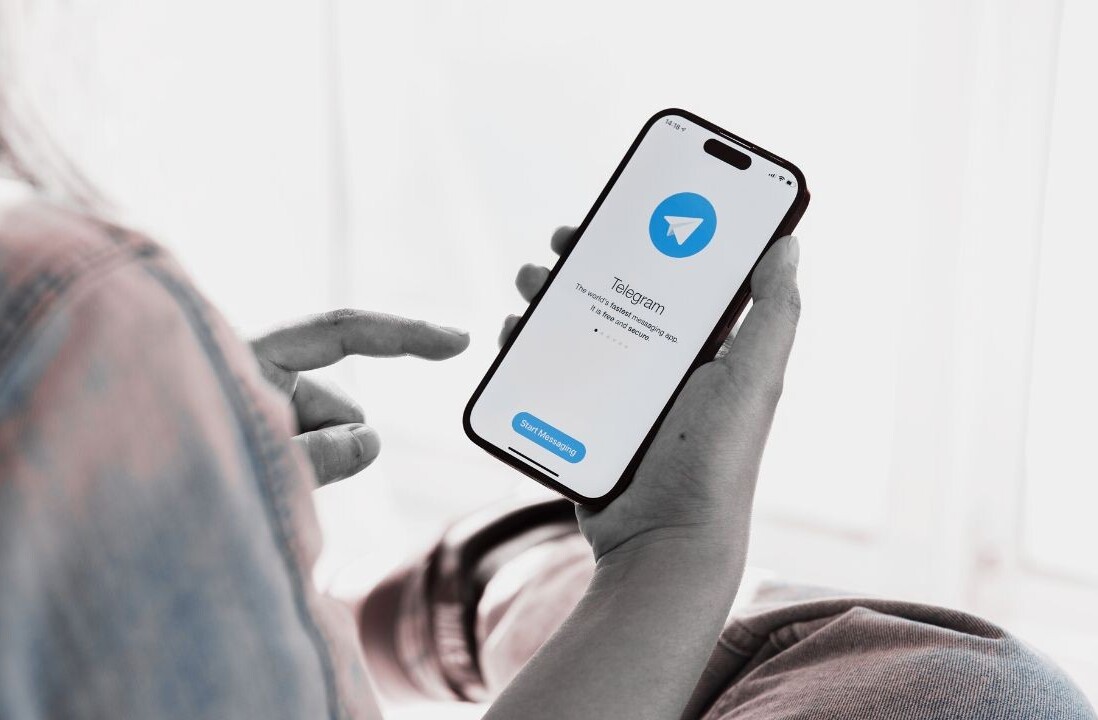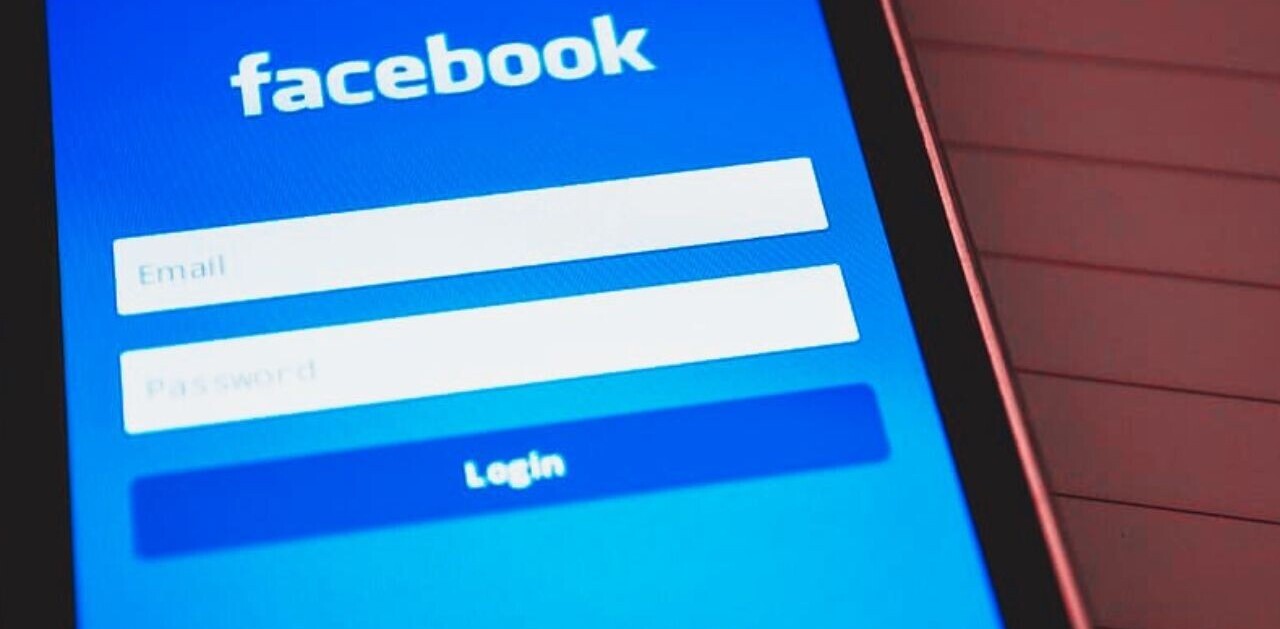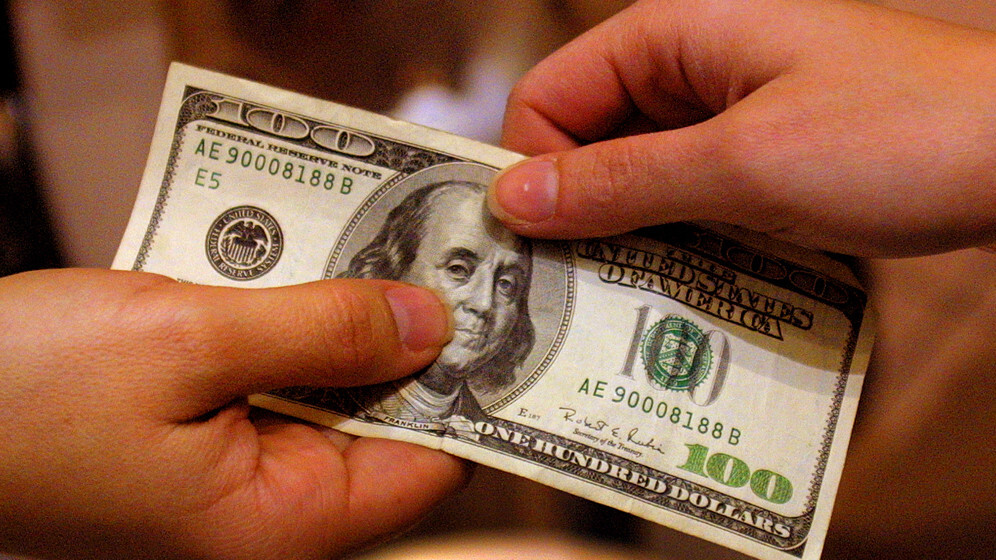
Lasse Clausen is the co-founder and CEO of FOUNDD, a Berlin based discovery engine. This post originally appeared on his blog.
For anyone who thinks Facebook paid too much for WhatsApp, I beg to differ.
Here are six reasons why Facebook underpaid for its latest acquisition.
1. Mobile phones are the new social platforms
During Web 2.0, only Facebook had your social graph. Now your contacts are on your phone and therefore your friends can be with you on any app. And mobile is the next computing platform that will be several times larger than desktop.
2. Messaging apps are the new social networks
Surprise! It turns out the main use of smart phones is communication. Seems obvious because the phone was invented to do just that.
So if people are inside a messaging app all day, that app can become a social network itself where one can install other apps like games etc.
Line and WeChat are a pioneers of this.
3. Privacy
Facebook took one-to-many broadcasting mainstream. This creates a lot of social anxiety because it’s too complicated to control who is going to see what.
The default emotion seems to be that everyone will see it, so you can only use it for posting things that will make you look good – but that, in turn, is annoying to see. Everything else you have to share in another place.
WhatsApp became that somewhere else because the core of the product is to control who you’re sharing content with. You can say that Facebook Messenger does this too, but people probably still associate the Facebook brand with social anxiety (that or some other reason, but otherwise Facebook wouldn’t have bought WhatsApp).
4. Engagement
A phenomenal 72 percent of the monthly active users (MAU) use WhatsApp every day. The only company with similar enduring engagement on this scale is Facebook with 62 percent.
But more importantly, on WhatsApp, every user shares 1.25 images per day vs. Facebook at 0.5. Probably because of point 3.
5. Growth
No other company ever grew as fast during its first four years as WhatsApp did. It’s at 450M MAUs and still adding 1M users every day.
Like Zuckerberg said, “it’s on a path to connect 1 billion people”.
If WhatsApp were to start monetizing like Line at $7 per user per year it would have revenues of $3.15 billion.
If that calculation is too simplistic for you, here’s another way to look at it: Facebook’s market cap values a MAU at around $140. And it only paid $42 per WhatsApp MAU.
If we were to value WhatsApp at $140/MAU as well, its value is $63 billion. Not that it’s there now, but it gives you an idea why $19 billion is a really good price.
Do you agree with the points made above? Share your thoughts below.
Get the TNW newsletter
Get the most important tech news in your inbox each week.
